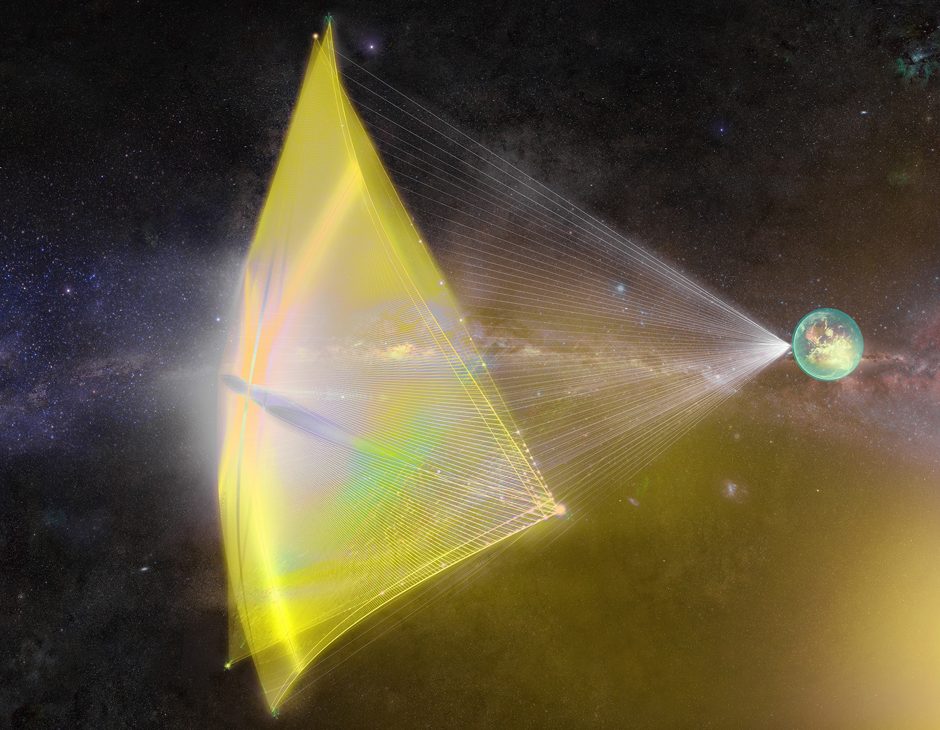Generation after generation, people dreamed of going to other star systems and landing on strange planets. But exploring interstellar space turns out to be a very difficult task. If we want to get to the nearest star to the Solar System – Proxima Centauri – then the spacecraft will need at least 19 thousand years using conventional engines. In addition, traveling through the interstellar medium comes with numerous risks, some of which have not yet been properly studied.

But besides chemical jet propulsion engines, there are other engines. Under such conditions, laser-powered spacecraft seem to be the only viable alternative to reaching nearby stars over the centuries.
One of the proposed concepts is Swarming Proxima Centauri, a joint project of Space Initiatives Inc. and the Initiative for Interstellar Studies (i4is) led by Space Initiative’s chief scientist Marshall Eubanks. This concept has been selected for development as part of the NASA Innovative Advanced Concepts (NIAC) program.
Sail and lasers
According to Eubanks, traveling in interstellar space depends on distance, energy and speed. Proxima Centauri, at a distance of 4.25 light-years from the Solar System, remains very far away. Therefore, in the concept of Breakthrough Starshot and Proxima Swarm, instead of heavy fuel, it is proposed to use sails and lasers to achieve high interstellar speeds.
Eubanks notes that this solves the speed problem by reflecting photons from the laser sail. But the problem is that photons have limited momentum, so a lot of photons should be used to achieve the goal. Given the limited thrust power, the mass of the probes should be very small – only a few grams.

Their concept includes the creation of a 100 gigawatt laser beam that will accelerate thousands of several-kilogram space probes to 10–20% of the speed of light, interconnected on laser sails with a total area of 1 km2. They also offer a network of giant ground-based observatories to receive weak signals from probes during the journey to Proxima Centauri.
According to preliminary calculations by the researchers, such a project can be ready for implementation around the middle of the century and reach Proxima Centauri and an Earth-like exoplanet (Proxima b) by 2100.
100 billion dollars
In a previous article, Eubanks and his colleagues considered the possibility of overcoming the difficulties of interstellar travel and providing communication with Earth using swarm dynamics and autonomy.
Transmission of the signal at this distance will take 4 years in one direction only. Therefore, remote control of the probes from the Earth is impossible. Thus, the swarm must have a high level of autonomy for navigation and decision-making.

The most expensive element will be a laser array, but gram-scale craft will be quite economical. Eubanks estimates that the implementation of this concept can cost about USD 100 billion.
In addition, Eubanks and his colleagues believe that the development of a coordinated swarm of robot probes can find application in other projects, such as exploring the inner oceans of Europa, excavations on Mars, construction in space and tracking weather conditions from Earth orbit.
Earlier, we reported on how the solar sail reached Mars in 26 days.
According to sciencealert.com
Follow us on Twitter to get the most interesting space news in time
https://twitter.com/ust_magazine


